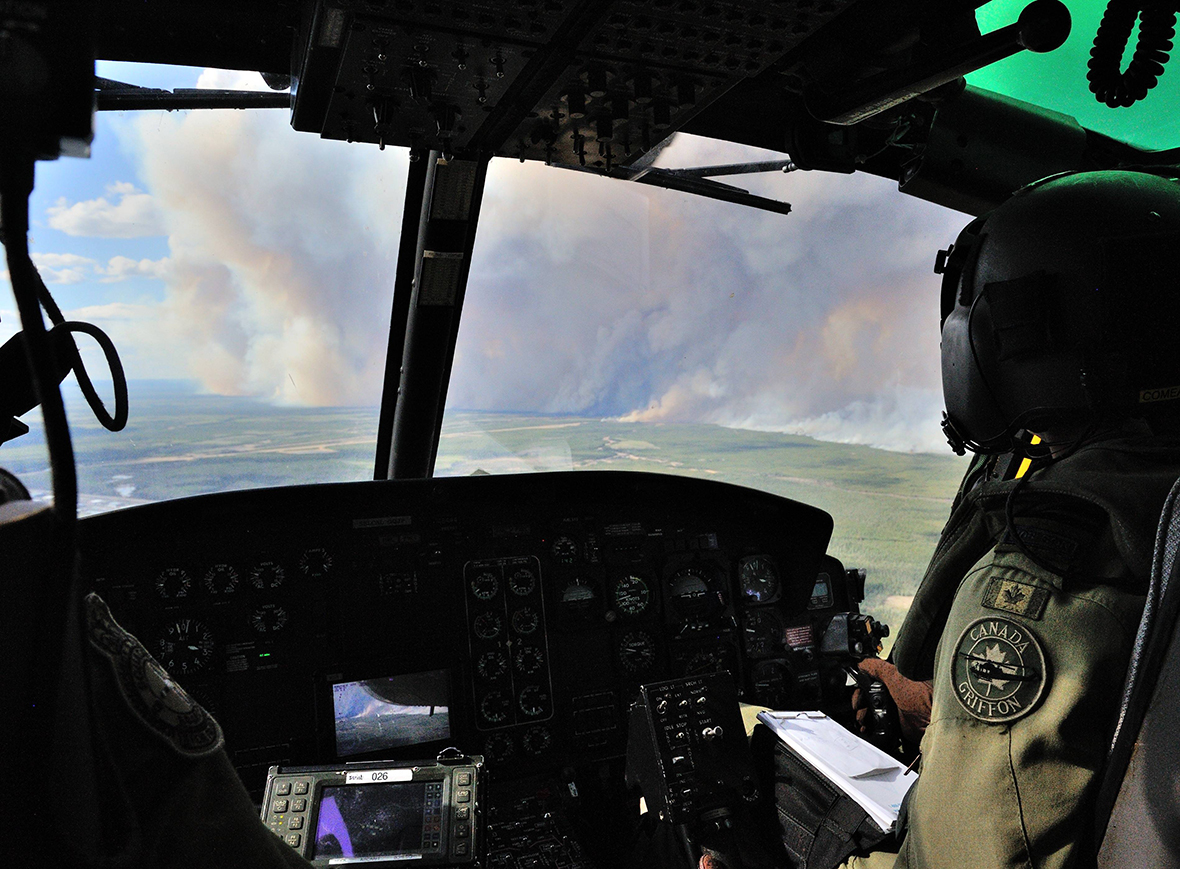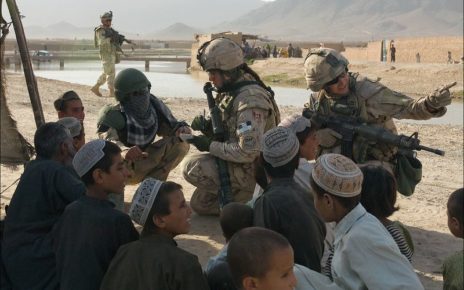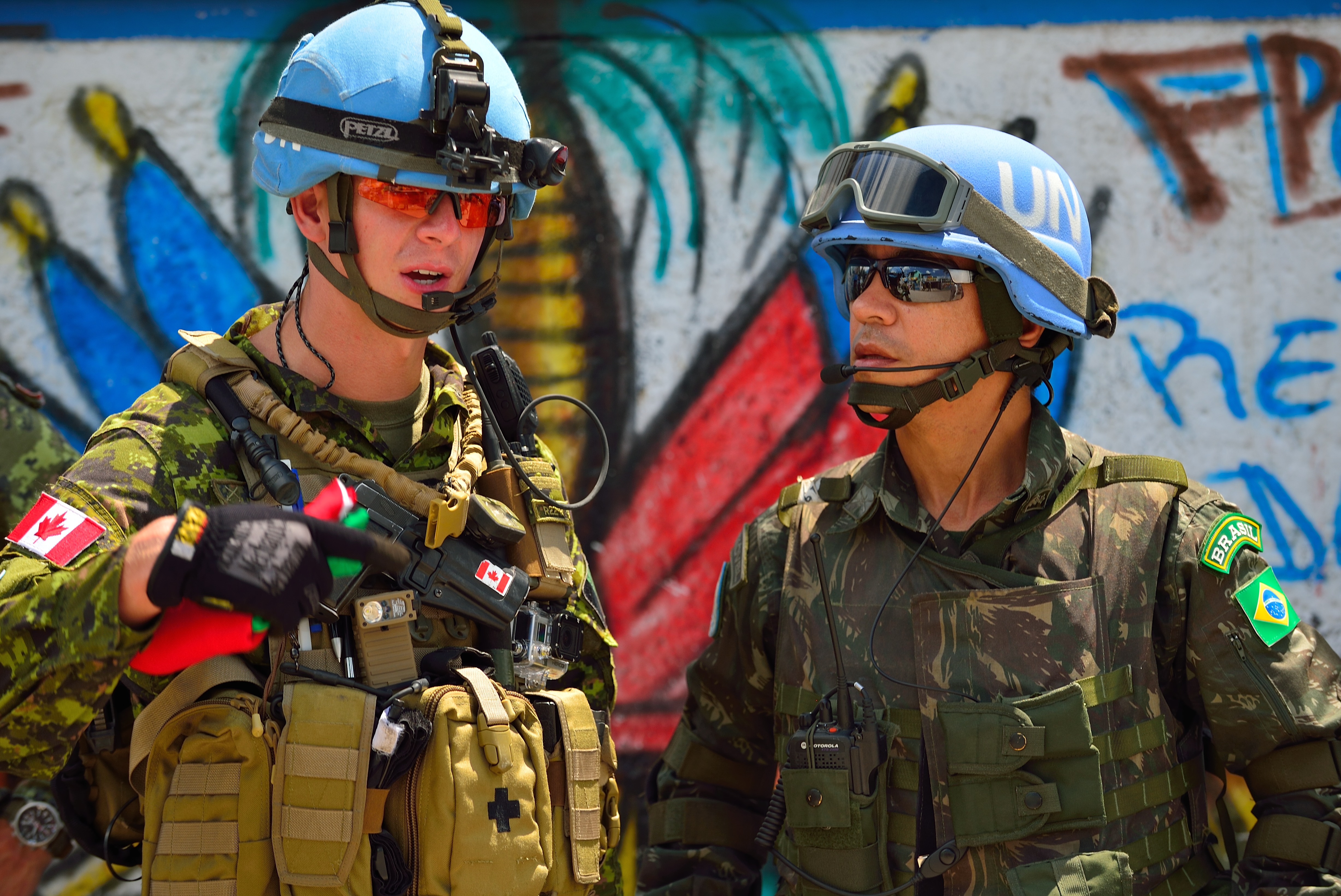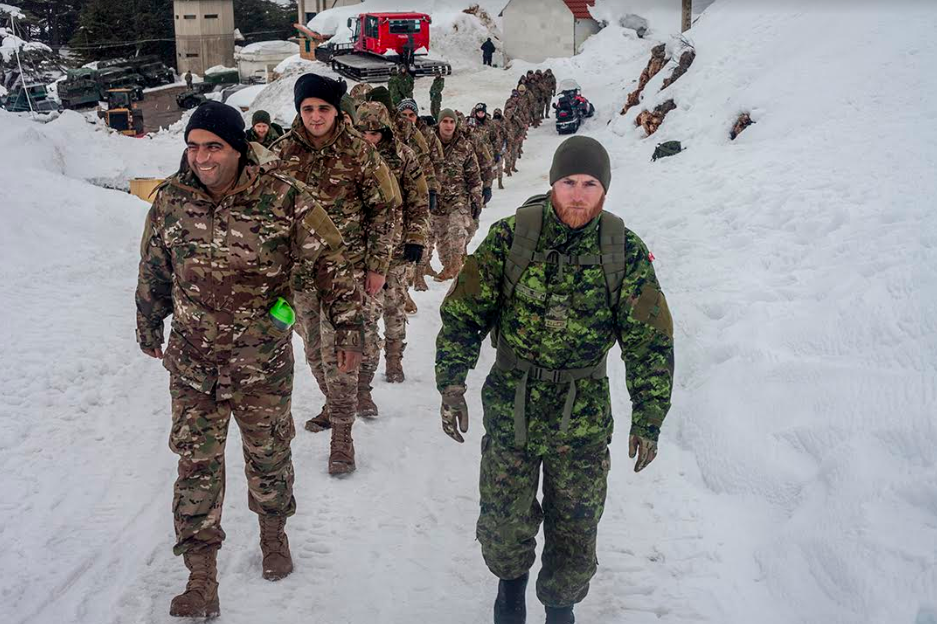The Canadian Armed Forces’ (CAF) response to the wildfires in Fort McMurray demonstrates an important yet often understated capability of Canada’s military. In a nation as geographically large and environmentally diverse as Canada, a wide range of natural disasters occur annually. Operation Lentus is the CAFs’ ongoing contingency plan to assist when environmental and humanitarian disasters, which are too large for municipal or provincial emergency responders, occur. This capacity, to assist and defend Canadians when an environmental disaster strikes, is a vital element of the CAF defence of Canada and Canadians.
On May 1, 2016, during a period of unusually high temperatures and uncharacteristically low humidity in northern Alberta, wildfires started outside Fort McMurray. By May 3, the wildfires had dramatically expanded and were consuming large portions of the community, which prompted the evacuation of approximately 80,000 people. On May 4, a provincial state of emergency was announced and the Government of Alberta called upon the CAF for assistance. The CAF response, Op Lentus 16-0, was carried out by Joint Task Force West (JTF-W) which was comprised of four CH-146 Griffons, one CC-130 J Hercules, one CH-147 F Chinook and 65 CAF personnel. Collectively, JTF-W assisted in a variety of ways, including transporting firefighters, evacuees, 124,700 lbs of supplies, and flying reconnaissance and surveillance missions. JTF-W complimented the efforts of the local volunteers and firefighters, and by May 12 all of the residents of Fort McMurray had been evacuated and CAF assistance was no longer required. Given that the fires are ongoing, JTF-W has, as of May 16, 350 personnel and corresponding aerial support stationed in Edmonton, as an immediate reaction force.
While the CAF response to the Fort McMurray fires was fast and impressive, it is not unexpected. Over the years the CAF has routinely aided Canadians, when faced with an overwhelming environmental disaster. In 2015, Op Lentus 15-02 saw 850 CAF members deployed in northern Saskatchewan to support local emergency services personnel fighting wildfires. In 2013, 2300 CAF members took part in Op Lentus 13-01, to provide assistance to Albertans in the wake of catastrophic flooding which forced 100,000 people to evacuate their homes and caused over Can $5 billion in damages. In response to significant flooding in southern Quebec in 2011, Op Lotus 1-11 was launched which involved over 800 CAF members serving in 15 municipalities. In 2010 the CAF responded to Hurricane Igor in Newfoundland and Labrador, through Op Lama, in which over 1000 CAF members provided relief to over 40 communities in 13 days.
Moreover, in early January 1998, a major ice storm saw 100 millimetres of freezing rain fall on much of eastern Ontario, western Quebec, and on portions of New Brunswick and Nova Scotia. This storm was so severe, that 600,000 people were temporarily displaced and over 1.6 million people lost power in the dead of winter. The total cost of the storm was approximately $5.4 billion. Tragically, 35 people lost their lives and 945 people were injured. The CAF responded with Op Recuperation, through which over 15,000 soldiers were deployed. At the time, this was the largest operational deployment of Canadian soldiers since the Korean war. These examples demonstrate both the variety of devastating natural disasters which occur across Canada, as well as the vital role the CAF continues to have in assisting and protecting Canadians when domestic disasters strikes.
The CAFs’ wide range of abilities and their capacity to rapidly deploy large numbers of personnel make the CAF an invaluable asset when major natural disasters occurs. In the aforementioned examples the CAF conducted a variety of tasks, often well beyond the capabilities of any individual emergency response service. Examples of these include tactical elements such as, flying night surveillance missions, route reconnaissance, and aerial transport. The CAF can also provide an infrastructural support by building bridges, culverts, dikes, and berms. These skills, as well as the scale with which the CAF can employ them, save lives and property.
Canada is a geographically vast and environmentally diverse nation and while our landscapes are often revered for their beauty and grandeur, they can also be lethal and destructive. The wildfires in Fort McMurray are the most recent example of this dichotomy and the CAF response illustrates our military’s outstanding commitment to protecting Canadians from domestic threats as well as foreign ones.
Photo Courtesy of MCPL VanPutten, 3 CSDB, (Canadian Armed Forces).
Disclaimer: Any views or opinions expressed in articles are solely those of the authors and do not necessarily represent the views of the NATO Association of Canada.




